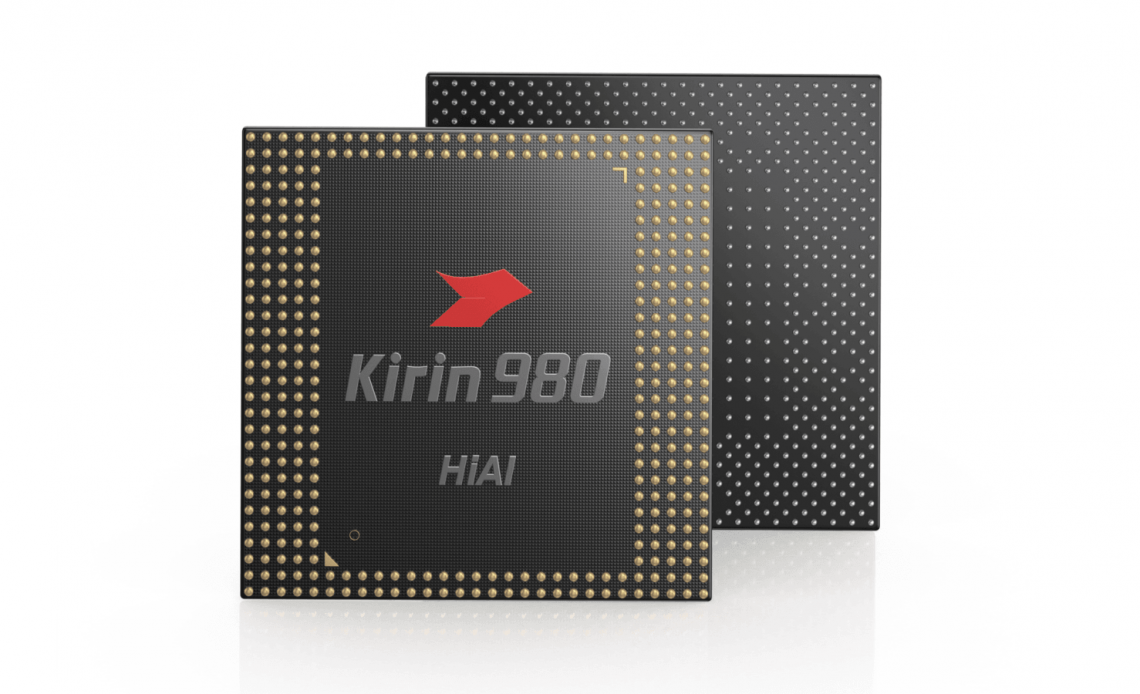Huawei announced its top of the line flagship system-on-chip (SoC), the Kirin 980 recently at the IFA 2018 in Berlin. The new chip is the successor to the Kirin 970 which is under the hood of all the Huawei / Honor flagship products currently selling in the market. The new chipset also boasts of being the world’s fist 7nm processor and comes with dual NPU. Here is everything you need to know about the Kirin 980 chipset and what new performance, power and AI capabilities it brings across the table.
Huawei Kirin 980 chip: The new Architecture stack
The new Kirin 980 also is the first chipset to embed ARM’s new Cortex-A76 cores. The new core architecture is built on ARM’s DynamiQ technology and is reported to be 75 per cent more powerful and 58 per cent more efficient compared to its predecessor. The Kirin 980 follows an eight-core architecture with a two Cortex-A76 2.6GHz “higher-performance cores” for heavy demanding tasks and two Cortex-A76 1.92GHz “middle cores” for day-to-day tasks and four 1.8GHz Cortex-A55 “efficiency cores” for lighter ‘workload.’ Huawei talks about “Flex-scheduling” technology to allocate the “right cores to the right tasks.”
Huawei Kirin 980 chip: Power, Speed and Efficiency
The current chipsets like Huawei’s Kirin 970 or Qualcomm’s flagship Snapdragon 845 are fabricated on 10nm architecture. The Kirin 980 is t he world’s first to be built on 7nm process manufactured by TSMC. What it means is the new process could pack in more transistors than the previous generation. Huawei claims that the Kirin 980 has 6.9 billion transistors in less than 1 square area centimetre which is an increase of 1.6 times compared to the 10nm manufacturing process used on Kirin 970. With more transistors at its disposal, the new chipset has more computation power and delivers better performance. Huawei states that the new 7nm fabrication will deliver a 20 per cent increase in SoC performance and power efficiency by 40 per cent. Huawei claims that the Kirin 980 will consume 33 per cent less power as compared to Qualcomm’s flagship Snapdragon 845 SoC. As for the memory, the Kirin 980 has support for 2133MHz RAM and the chipset is said to have 20 per cent better bandwidth and 22 per cent lower latency.
Huawei Kirin 980 chip: GPU
The new SoC has a new graphics card, Mali-G76. The new GPU is claimed to provide 30 per cent more efficiency and performance density as compared to the previous generation. Huawei claims that the graphics chip integrated into the Kirin 980 SoC will deliver 46 per cent better graphics processing and 178 per cent improved power efficiency that Kirin 970’s Mali-G72 GPU.
Huawei Kirin 980: Camera, ISP
There is a new dual ISP (image signal processor) added to the chipset, which the Huawei claims to be 46 per cent faster at camera processing and 23 per cent more efficient than its predecessor. Huawei says that it will translate to “better contrast” and “finer details”, thanks to the new high dynamic range (HDR) colour reproduction technology and a ‘multi-pass noise reduced’ algorithm.
Huawei Kirin 980 chip: AI
Huawei is the first company to bring AI into the mobile mainstream last year and since then every mobile OEMs talk about AI in their Smartphone these days. The Kirin 970 had its own Neural Processing Unit (NPU) and the latest Kirin 980 has dual NPU for more AI processing. The NPU with its machine learning and AI can recognize more scenes and objects on the phone now than the Kirin 970. With the dual NPU onboard, the Kirin 980 could recognize up to 4,500 images per minutes compared to the 2,371 images Snapdragon 845 could muster or the 1,458 images the A11 Bionic chip could recognize.
Huawei Kirin 980 chip: World’s Fastest WiFi modem on the phone
Huawei has always taken a lead on the modem technology with a robust R&D in that domain. The HiSilicon Kirin 980 is the fist chipset with a modem to support Cat. 21 LTE that supports downlink speed at 1.4Gbps. It will support a theoretical peak download speed of 1.7Gbps and 160MHz bandwidth. Also, the GPS receiver gets support by L1 + L5 dual frequency to deliver accurate target location while navigating in “complex terrains.”
]]>


